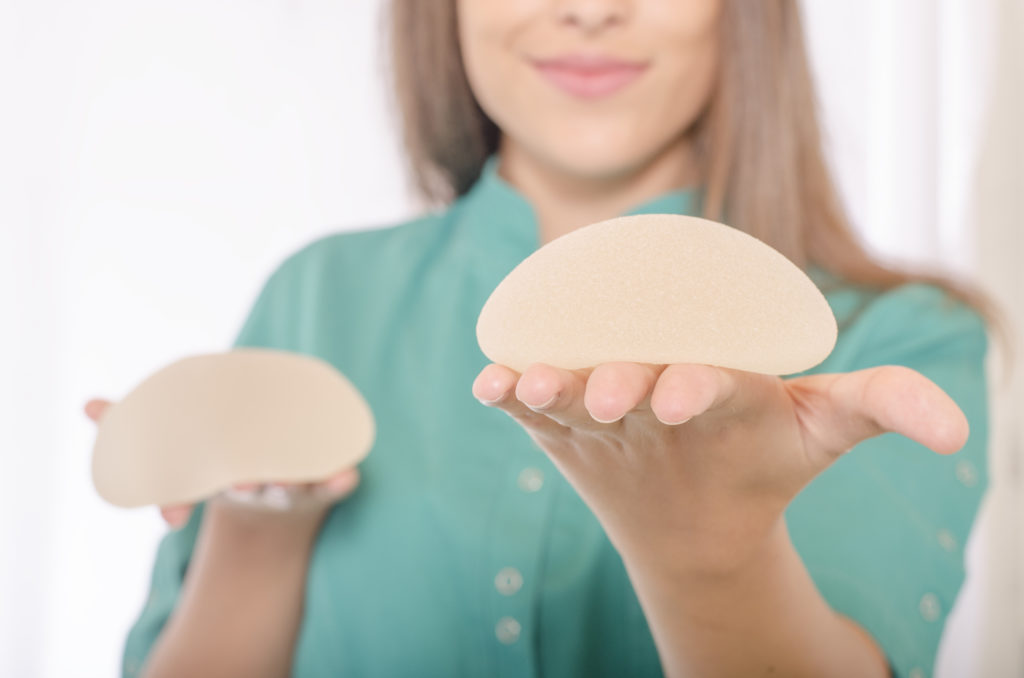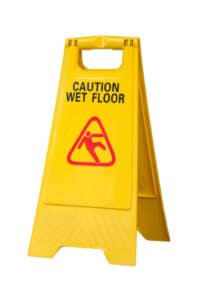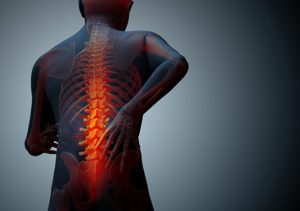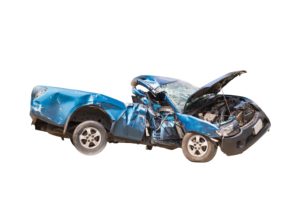
In 2011, the U.S. Food and Drug Administration (FDA) issued its first warning concerning a rare form of cancer called Breast Implant-Associated Anaplastic Large Cell Lymphoma (BIA-ALCL). In March of this year, the FDA updated their 2011 warning due to new information collected by the agency’s Medical Device Reporting System.
The FDA has received 359 reports of this condition with nine deaths. The great majority of the problems seem to be related to textured implants, rather than smooth surfaced implants.
What is Anaplastic Large Cell Lymphoma (ALCL)?
Anaplastic Large Cell Lymphoma is not another form of breast cancer, but is a rare malignant condition of the immune system that seems to be localized in the tissues around a breast implant. When an implant is placed the body forms a “capsule” of scar tissue around the implants. This capsule is where ALCL appears first. The treatment in these cases is to remove the implant and the surrounding scar tissue capsule. In most cases no further treatment is required. However, if the lymphoma has progressed, additional treatments of radiation and chemotherapy may be required.
Studies have shown that the surface of the implant itself is what leads to the increased risk of this condition. The material inside the implant did not seem to matter. In the FDA reports, of the 359 cases, 186 of the implants contained silicone gel, and 126 were filled with saline. However, 203 of the reported problems were for textured implants, while only 28 were smooth implants. It is thought that the roughened surface of the textured implants may cause inflammation that leads to the cancer.
Symptoms of ALCL include painful swelling and fluid buildup around the implant. In some cases, lumps in the breast or armpit are indicative of the presence of the disease. Physicians are able to diagnose the condition by draining fluid from the breast and testing for a substance called CD30, which indicates lymphoma.
Worldwide Recognition and Monitoring
The World Health Organization (WHO) recognized this condition in 2016, and other professional organizations and regulatory bodies are monitoring the condition worldwide. The U.S. based Plastic Surgery Foundation and the National Comprehensive Cancer Network (NCCN), have published information regarding the condition to help physicians understand the disease and provide diagnosis and treatment.
The Australian Therapeutic Goods Administration (TGA) and French National Agency for Medicines and Health Products Safety (ANSM) have ordered manufacturers of textured implants to study how living tissues react to textured implants. The British Medicines and Healthcare Regulatory Agency (MHRA), as part of a coordinated effort among EU regulators, is also currently reviewing the apparent link between textured implants and BIA-ALCL.
In May 2017, the medical journal, Plastic and Reconstructive Surgery, published a report of studies performed on cases in Australia and New Zealand confirming that implants with a textured surface area present a significantly higher risk of BIA-ALCL than smooth surfaced implants.
Richard Harris Law Firm Product Liability Lawyers Can Help
While BIA-ALCL is very rare, with the numbers of implants increasing year after year, it is important to know the risks associated with the various products available. Physicians are just learning about this condition and its association with the various implant options in the market, and the results of the FDA action and other studies of the matter are becoming available.
Due to the very limited nature of this problem, our lawyers are investigating this condition and whether it may lead to product liability actions in the future. If you received breast implants and have been diagnosed with ALCL, we are interested in speaking with you about your case. Call us today at (702) 444-4444.
Read More:
https://www.nytimes.com/2017/05/14/health/breast-implants-cancer.html
http://www.cnn.com/2017/03/22/health/breast-implant-cancer-deaths-fda/index.html
https://ww5.komen.org/BreastCancer/Table28Breastimplantsandbreastcancerrisk.html
http://www.breastcancer.org/research-news/fda-updates-on-textured-implants-and-cancer
https://www.thepsf.org/Documents/Clinical/PROFILE/profile-faq.pdf





























